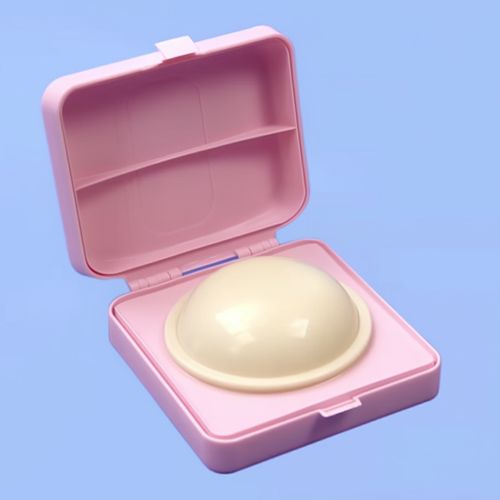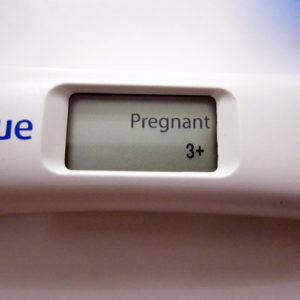A diaphragm or cap is a form of barrier contraception. It is a small, dome-shaped cup made of silicone that is inserted into the vagina before sex to cover the cervix. This prevents sperm from entering the uterus to fertilise an egg. Diaphragms and caps must be used with spermicide, a gel that kills sperm.
How Effective Are They?
When used correctly with spermicide, diaphragms and caps are 92-96% effective at preventing pregnancy. This means that between 4-8 out of 100 women who use them perfectly as their only form of contraception may still get pregnant in a year. In typical use, where mistakes happen occasionally, around 16 out of 100 women will get pregnant in a year.
How Do You Use Them?
You insert the diaphragm or cap along with spermicide before sex. It can be put in up to 6 hours before, but you’ll need to add more spermicide if it’s been over 3 hours. After sex, leave the diaphragm/cap in place for at least 6 hours to ensure the sperm are dead. Don’t take it out for at least 6 hours after the most recent sexual contact.
When you first get a diaphragm or cap, a doctor or nurse will advise you on the right size and show you how to insert it.
Advantages and Disadvantages
Advantages
- Only need to use when having sex
- Can insert at convenient time before sex
- No serious health risks
- You control the contraception
Disadvantages
- Less effective than other methods
- Does not protect against STIs
- Can take time to learn to use properly
- Can interrupt sex when inserting
- Some women get bladder infections
- Latex/spermicide can cause irritation
Who Can and Cannot Use Them
Most women can use a diaphragm or cap safely. But some conditions that may mean they are unsuitable for you:
- Unusually shaped/positioned cervix
- Cannot reach cervix
- Previous toxic shock syndrome
- Frequent urine infections
- Vaginal infection
- High STI risk (multiple partners)
- Allergy to latex/spermicides
Diaphragms and caps also become less effective if used incorrectly. For example, removing too soon, not adding extra spermicide, or using a damaged one.
Getting a Diaphragm or Cap on the NHS
In the UK, diaphragms and caps are available for free from:
- Community contraception clinics
- Sexual health clinics
- Most GP surgeries
Contraception services are confidential, even if you’re under 16. Speak to a doctor or nurse for advice on whether a diaphragm/cap is suitable for you.
More Contraception Options
Alongside diaphragms and caps, there are lots of different types of contraception to choose from:
Hormonal
- The pill
- Contraceptive patch
- Contraceptive vaginal ring
- Contraceptive injection
- Contraceptive implant
Barrier
- Male/female condoms
- Diaphragm/cap with spermicide
Intrauterine
- Copper coil (IUD)
- Hormonal coil (IUS)
Permanent
- Female sterilisation
- Male sterilisation (vasectomy)
There are pros and cons to each method. Factors like effectiveness, ease of use, risks and side effects vary.
Consider your lifestyle, relationships, plans for children, and preferences. Speak to your GP or contraception clinic for advice about the options.
They can help you choose the right contraception to suit your individual needs. Most methods are available for free.
Photo “Diaphragm” by Anthony Cunningham for Zoom Baby
Zoom Baby is a leading supplier of Pregnancy Tests and Ovulation Test Kits





